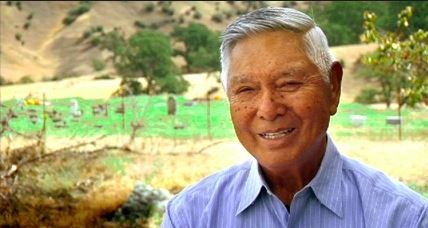
Everret Freeman 1931 - 2010
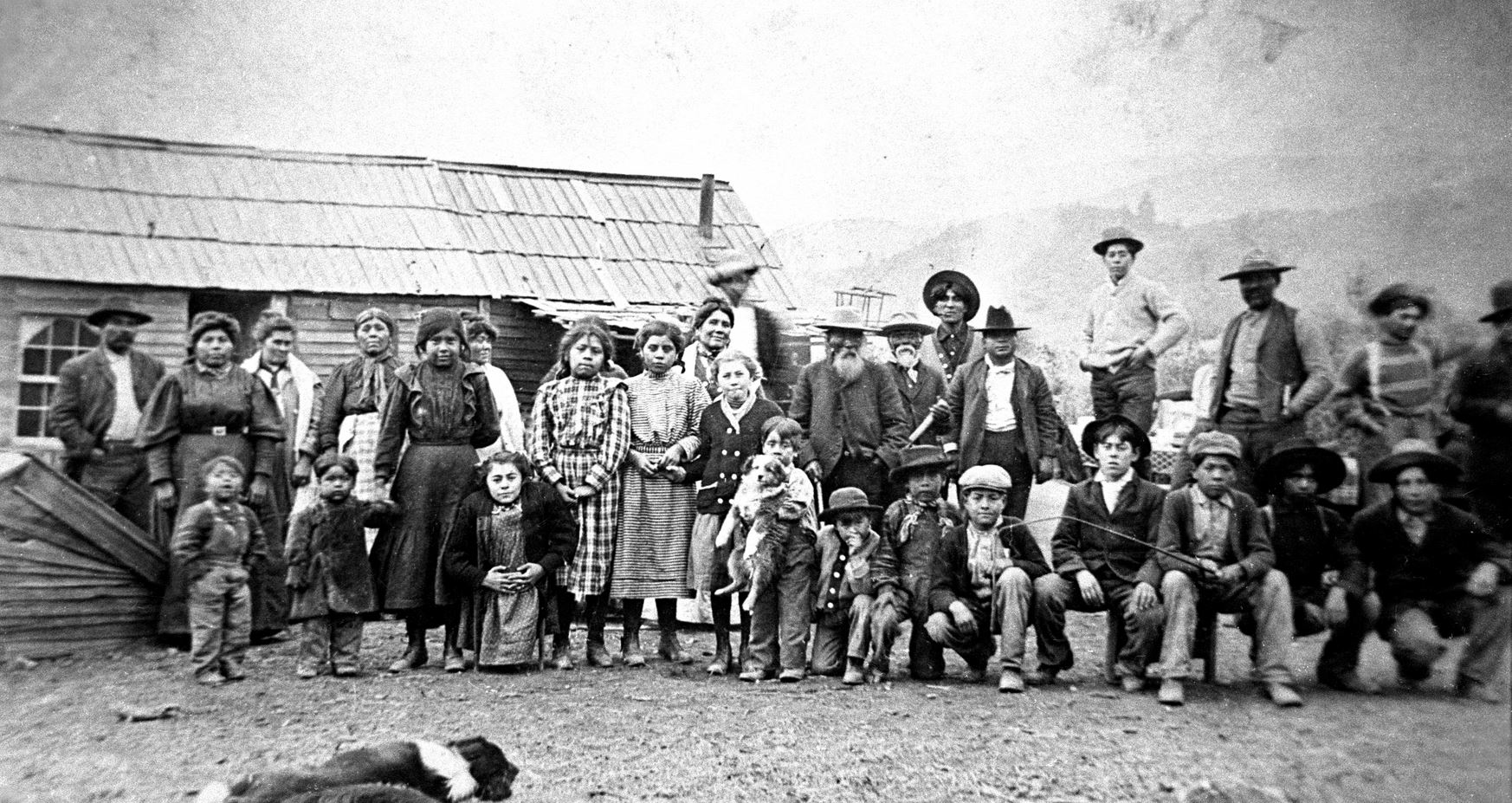
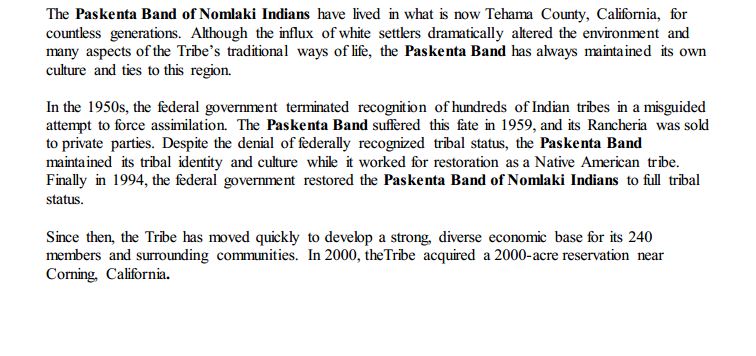
On the
evening of June 11, 2014, two Tribal Members, along with two
non-tribal members––all of whom were NOT previously banned from the
casino premises by the group illegally in control of the
reservation––were assaulted——while Tehama County Sheriffs
watched——as they tried to enter the casino in search of their
relative, Vice Chairman David Swearinger.
In this video, the wife of Vice Chair David Swearinger can be seen
being placed violently in a headlock.
The daughter of Vice Chairman Swearinger––a Tribal Member––was also
punched in the stomach by an unidentified assailant.
HOW YOU CAN
HELP:
Quite a
few have been asking how to support a peaceful resolution in this
issue.
This page features
data and video evidence that show how this situation has quickly
escalated to violence. We are trying hard to avoid potentially
more-serious threats to Tribal Members and/or non-tribal
members.
Please know that in the short time since this page has been up,
many lewd and threatening remarks have been posted to this page by
aggravators to the Paskenta Tribal Council. In researching the
pages from which the posts originated, we can also get a feel for
the dangerous types of people who are continuing to threaten the
well-being of all involved.
(All possible perpetrators, and their threats, are meticulously
documented and tracked.)
Therefore, we ask that you contact members of the Bureau of Indian
Affairs (BIA), the Governor of California, and several other
politicians to inform them of the potential for this situation to
escalate exponentially in violence.
The uncontested Tribal Council needs to regain control of the
reservation, casino, and businesses from which they have been
barred for over 10 weeks.
Troy Burdick, Superintendent of the BIA, Central California
Agency:
(916) 930-3680
Amy Dutschke, Pacific Regional Director:
(916) 978-6007
California State Governor Jerry Brown:
(916) 445-2841, fax: (916) 558-3160
Congressman Doug LaMalfa:
(530) 223-5898, fax: (530) 534-7800
Senator Jim Nielsen:
(916) 651-4004
Assemblyman Dan Logue:
(530) 895-4217
US Senator Dianne Feinstein:
(202) 224-3841
Olin Jones, Director of Office of Native American Affairs, CA
Attorney General's Office:
(916) 322-276
Also, please write to the editors of your local newspapers to
inform them of the gravity of the situation.
Lastly, for your friends, family, and community members who may not
have access to facebook, here is a link to the videos on
YouTube:
https://www.youtube.com/channel/UCWE9nrxPBv1yKNgFYdgnQnA
We sincerely thank you for your concerns, time, and
support.
Ishi
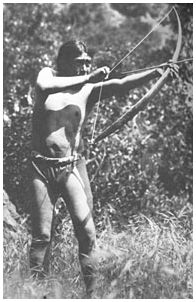
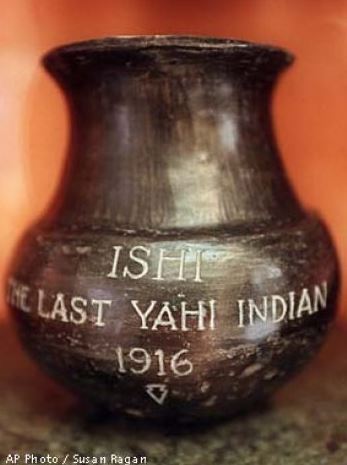
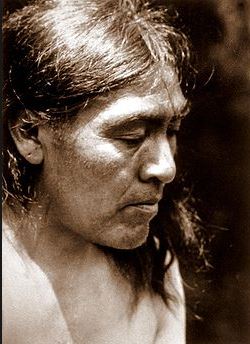
Published on Aug 3, 2012
Late summer of 1911, near the snow-capped volcanic peak of Mt. Lassen, California, a solitary Indian walked out of his ancestral homeland in the southern Cascade Range of foothills. As a child during the Gold Rush, he had witnessed his people repeatedly massaquered by white settlers. For nearly forty-years, he had lived in hiding with a small band of survivors.
Now, all the others of his small
group were dead. There was no one left in the world that spoke his
native language. Alone, his hair burned short in mourning, he
walked out into an unknown world. We know him today as "Ishi," the
last living member of a small band of Yahi
Indians. On August 28, 1911, Ishi was
captured at the Charles Ward Slaughterhouse near the city of
Oroville, California. Arrested and taken to the Butte County Jail,
he was placed in a padded cell for the insane. Ishi became an
instant media sensation. Newspapers from around the country called
him "the last wild Indian" or "the last Stone Age Man in North
America."
The area's residents were stunned
to learn that a "wild" Indian still existed, assuming that all the
Mill Creek and Deer Creek Indians had been exterminated decades
before. Anthropologist Alfred L.
Kroeber of the University of California sent Thomas T. Waterman to
Oroville to determine who this lone Indian was and to bring Ishi
back to San Francisco for further study. Ishi would live the rest
of his life at the UC Museum of Anthropology where he devoted his
remaining years to sharing much of his Yahi history, language, and
culture.
On March 25, 1916, less than
five-years from being discovered, Ishi died of tuberculosis. Ishi
left behind a legacy of invaluable information about his Yahi
culture. He is a testament to survival and of the courageous human
spirit bridging the divide between two worlds. In 2000, Ishi's repatriated
remains and his ashes were buried in the Ishi Wilderness during a
privately conducted Native American
ceremony. This is my journey in finding
Ishi.
If you
would like to learn more about Ishi's Untold Story, please visit
author Richard L. Burrill's website at
-->> http://www.ishifacts.com/
